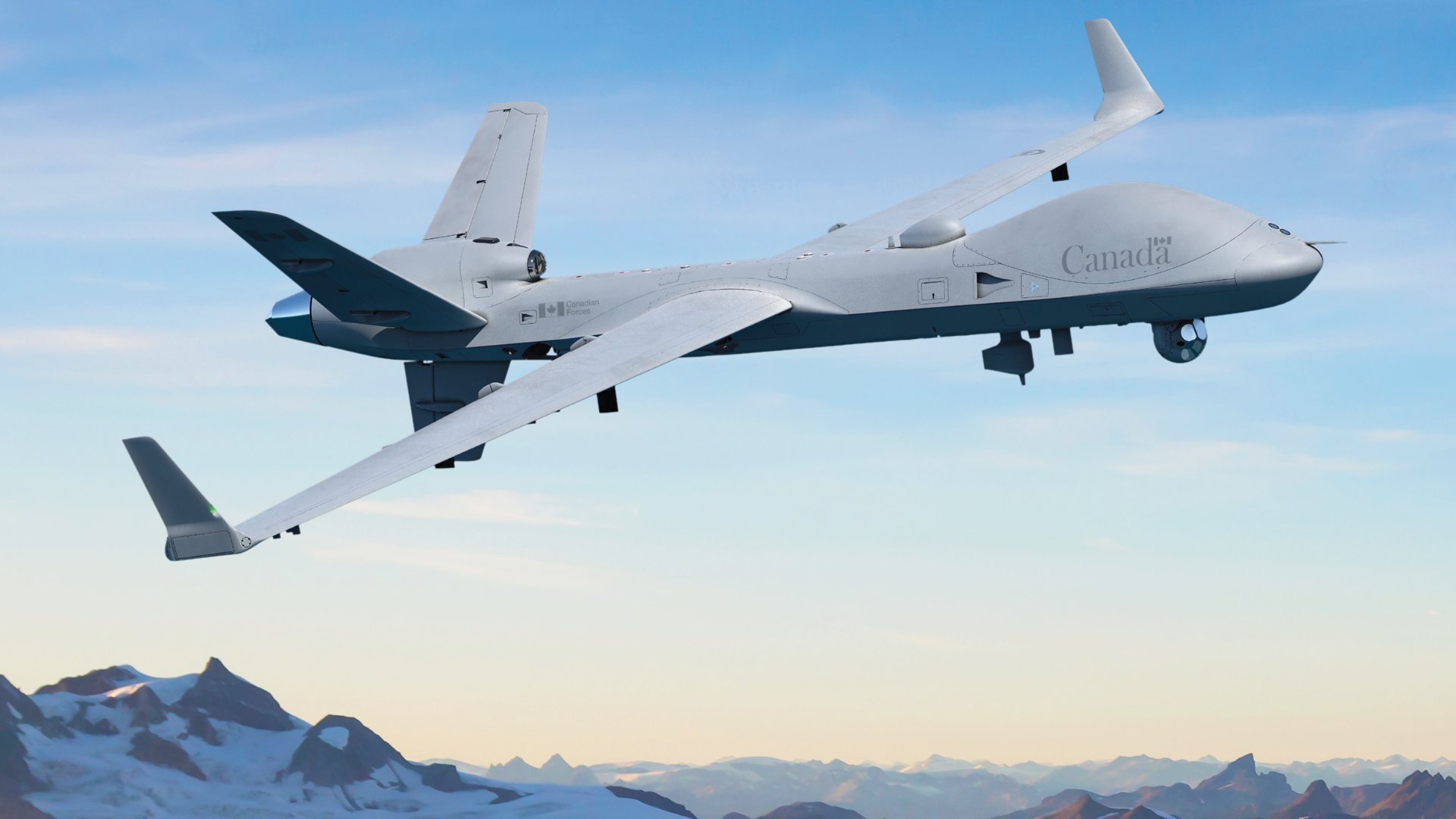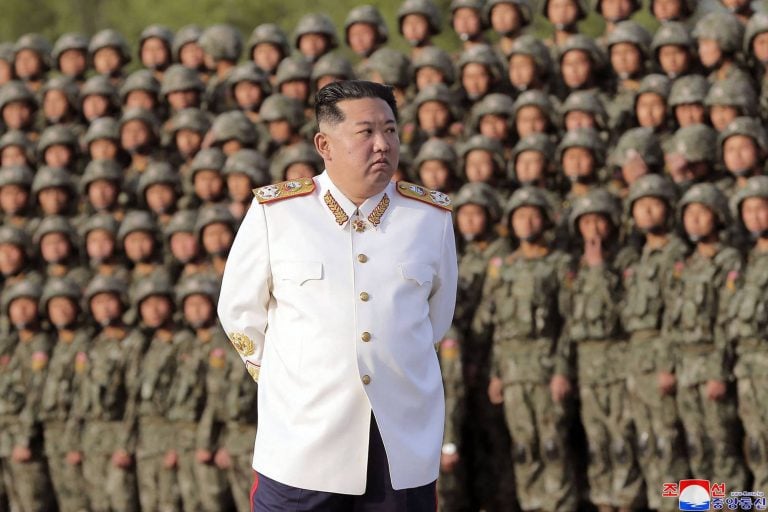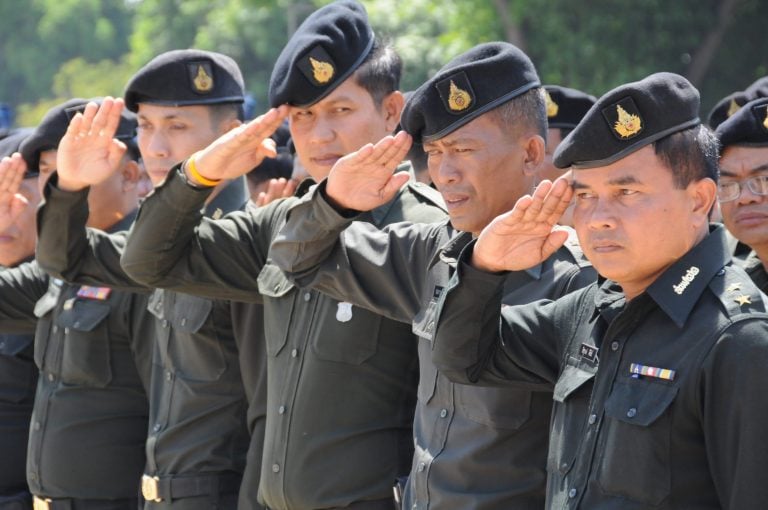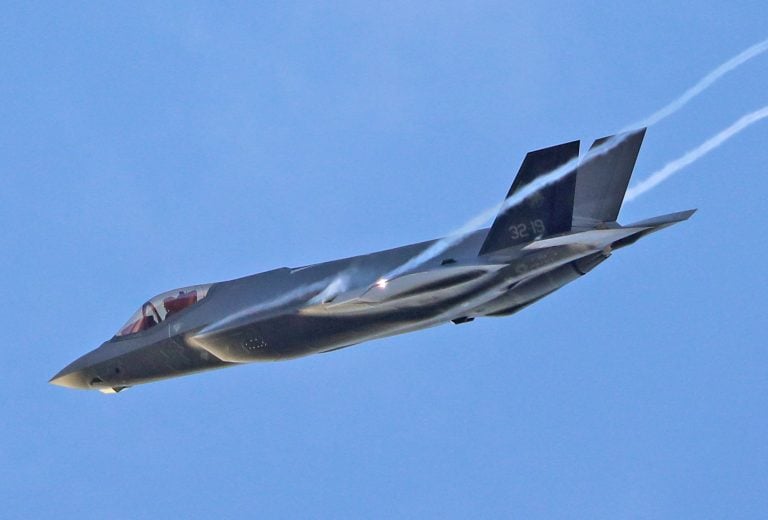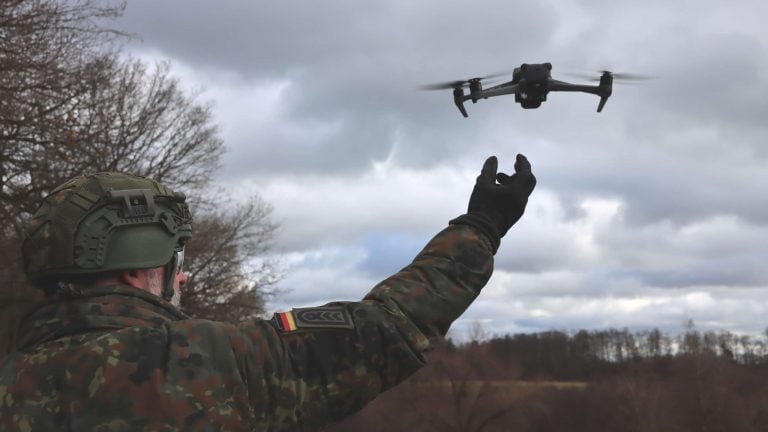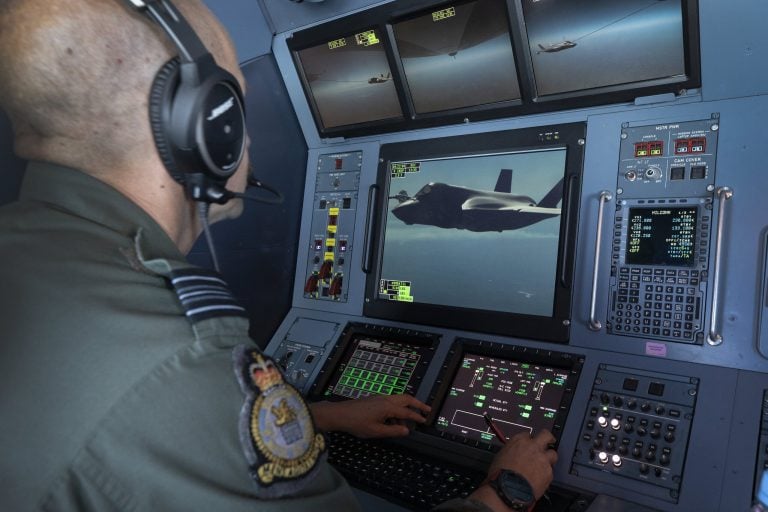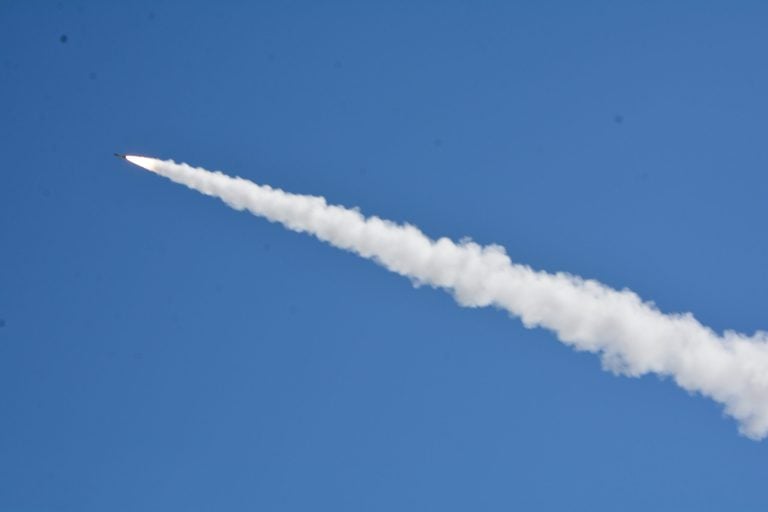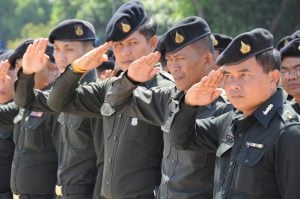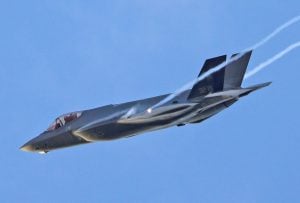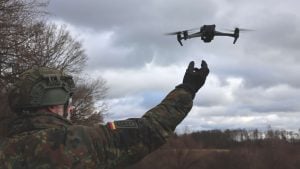General Atomics Aeronautical Systems has reached a significant milestone in the development of its MQ-9B drone by completing the final phase of full-scale fatigue testing. This achievement is pivotal for securing long-term airworthiness certification for the aircraft.
The recent testing cycle, concluded on October 31, was conducted at Wichita State University’s National Institute for Aviation Research and simulated a cumulative operational total of 120,000 hours. This impressive figure correlates to three complete service lives for the drone, with each life representing over 40,000 flight hours.
In the aviation industry, full-scale fatigue testing is a critical process to identify potential structural vulnerabilities, refine maintenance protocols, and aid in certification efforts. According to GA-ASI, the initial two simulated lifetimes mirrored typical operational usage, while the third phase included intentional structural damage to assess the airframe’s performance under compromised conditions.
The data gathered from these tests will not only support the NATO STANAG 4671 airworthiness certification but also inform future in-service inspection requirements. The airframe utilized for this testing was a production model specifically built for the program, which kicked off in December 2022.
The MQ-9B represents the latest advancement in GA-ASI’s long-endurance unmanned aircraft series, first introduced to the US Air Force in the mid-2000s. This version encompasses both the SkyGuardian and SeaGuardian models, as well as the UK Royal Air Force’s Protector RG Mk1, which is currently in the delivery phase.
Several international clients, including Belgium, Canada, Japan, Taiwan, Poland, India, Denmark, and US Special Operations Command, have already placed procurement orders for the MQ-9B. The aircraft has increasingly participated in joint exercises conducted by the US Navy, such as Northern Edge, RIMPAC, and Integrated Battle Problem. This growing engagement illustrates a heightened interest in long-range surveillance, maritime domain awareness, and versatile ISR (Intelligence, Surveillance, and Reconnaissance) capabilities among allied forces.
